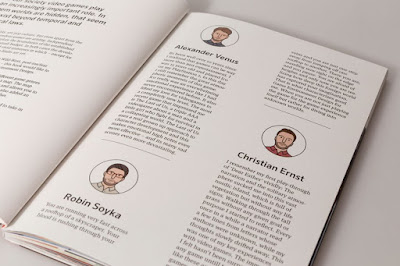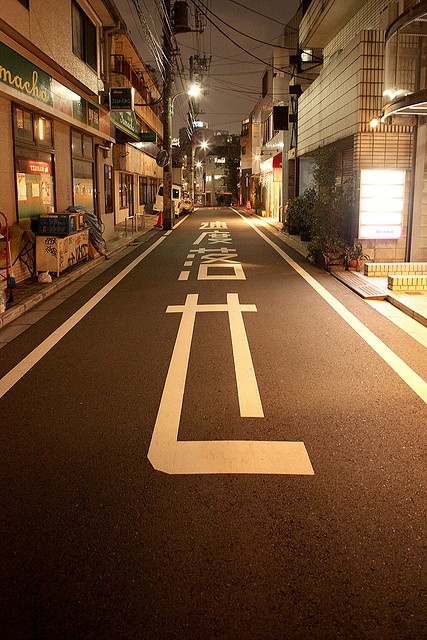For my primary research into what exactly a book can be, I've found a number of blogs online. One of them being the 'Book Design Blog'.
Contemporary Japanese Design
Produced by Joe Leadbeater, this publication has taken elements of Japanese design and culture. I admire the considered use of paper, as it is typical of Japanese design with the colour and feel. The combination of Japanese characters and english text works well in cohesion.
When designing my own book, I will also be considering the paper used. I will also be producing a cover or sleeve for my book as a finishing touch.
New Eden – A Book Celebrating Great Game Environment Design
New Eden is a book showcasing a selection of hand-picked computer game environments.Each spread features a high-resolution in-game render of a different game environment, plus an iconographic key and a mini-map ‘HUD’ that denotes the genre and environment styles, such as ‘space’, ‘swords’, or ‘apocalyptic’.Quotes from game designers are interspersed throughout, and the book is finished off with a wooden cover and lazer-etched design.
I Love Type Boxset
Each of the 8 publications centres on a particular typeface, complete with modern-day examples of the faces in use, as well as insights from some of the industry’s leading studios and designers.
Finally, all the books are encased within a white box embellished with rainbow foil embossed typography on the outside.
Finally, all the books are encased within a white box embellished with rainbow foil embossed typography on the outside.

Rekonect Notebook: The Magnetic Lifestyle
This is one of my favourite bits of design. It's a concept for a notebook that is bound with magnets. This allows the pages to be rearranged, pulled out and put back in. The adjustable pages also means that (pictured in the middle) the page can be moved so that writing on it is made easier. Other advantages include it sticking to metal surfaces such as a fridge.

















































